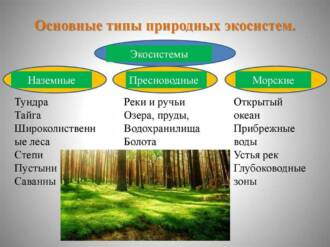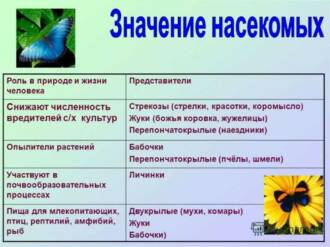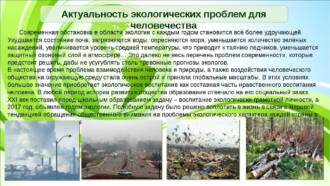
Butterflies are one of the most beautiful and amazing creatures of nature. With their wings, they create a real palette of colors and patterns, attracting the eye and delighting people. However, in addition to their aesthetic value, butterflies play an important role in ecosystems and can serve as indicators of ecological balance.
Butterflies are part of the food chain and perform a number of useful functions in nature. They serve as pollinators of plants, transfer pollen from one flower to another, contributing to their reproduction. In addition, they are food for many animals such as birds, frogs, and bats, and their absence can disrupt the food chain in an ecosystem.
Changes in the number and species diversity of butterflies may indicate problems in the environment. Butterflies are very sensitive to climate change, air pollution, the use of pesticides and the destruction of their natural habitats. Therefore, by observing butterflies and their behavior, we can get information about the state of the environment and the health of our planet as a whole.
In this way, butterflies are nature's living canaries that help us monitor changes in ecosystems and take action to conserve them. Protecting and conserving butterflies and their habitats is an important task for all of us to ensure ecological balance and preserve the beauty and diversity of nature for future generations.
Butterflies and their role in ecological balance
Butterflies are important indicators of ecological balance and denominators of the health of our planet. They are part of biodiversity and perform many functions in an ecosystem.
First, butterflies are pollinators. They carry pollen from one plant to another, which contributes to the fertilization and reproduction of plants. Through this process, many plants can continue to exist and contribute to the ecosystem.
Secondly, butterflies serve as food for many predators such as birds, frogs, and insectivores. They form an important part of the food chain and help maintain balance in other animal populations.
In addition, butterflies are sensitive to changes in the environment. Their presence or absence can serve as an indicator of the quality of an ecosystem. If the number of butterflies decreases, this may indicate an imbalance in the ecological balance and problems in the environment.
Thus, butterflies play an important role in maintaining ecological balance. They help pollinate plants, serve as food for other animals, and are indicators of the health of our planet. Therefore, the conservation and protection of butterflies is an integral part of the conservation of nature and biodiversity.
Ecological Status Indicators
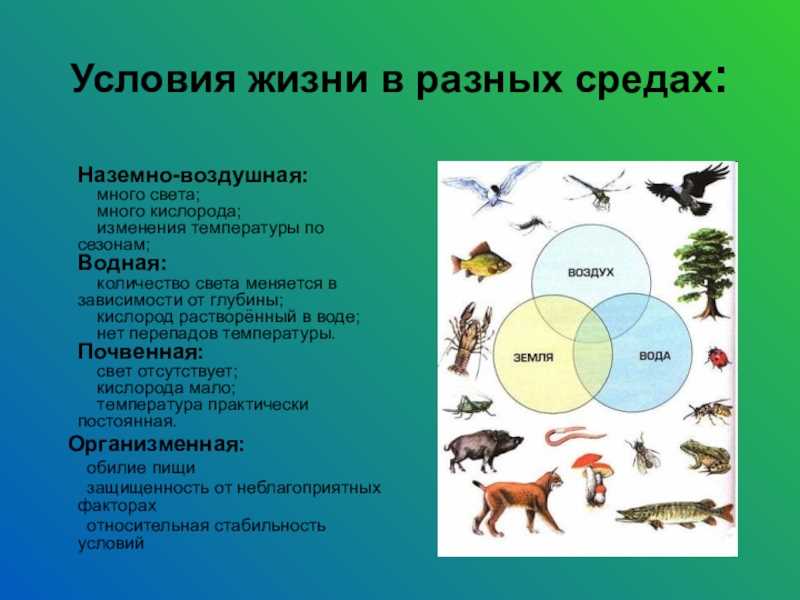
Butterflies are one of the important indicators of the ecological state of the natural environment. Their presence and diversity indicate the health and richness of the environment, while their absence or decline may indicate ecological imbalances.
Butterflies are sensitive to changes in the quality and quantity of plants, as well as changes in the composition and quality of the soil. They depend on the presence of certain plants to serve as their food source in the caterpillar stage, as well as to collect nectar during the flight of the adult moth. If an ecosystem is suffering from pollution, destruction of natural habitats, or climate change, butterflies may be the first to show signs of distress.
Studies show that the decline in butterfly populations may be due to the use of pesticides in agriculture, air and water pollution, loss of natural habitats and climate change. However, the presence and diversity of butterflies are important indicators of the health of an ecosystem. A large number of butterflies indicates that the ecosystem as a whole is functioning normally, and their diversity indicates the richness and diversity of vegetation and other animal species.
Biodiversity and butterflies
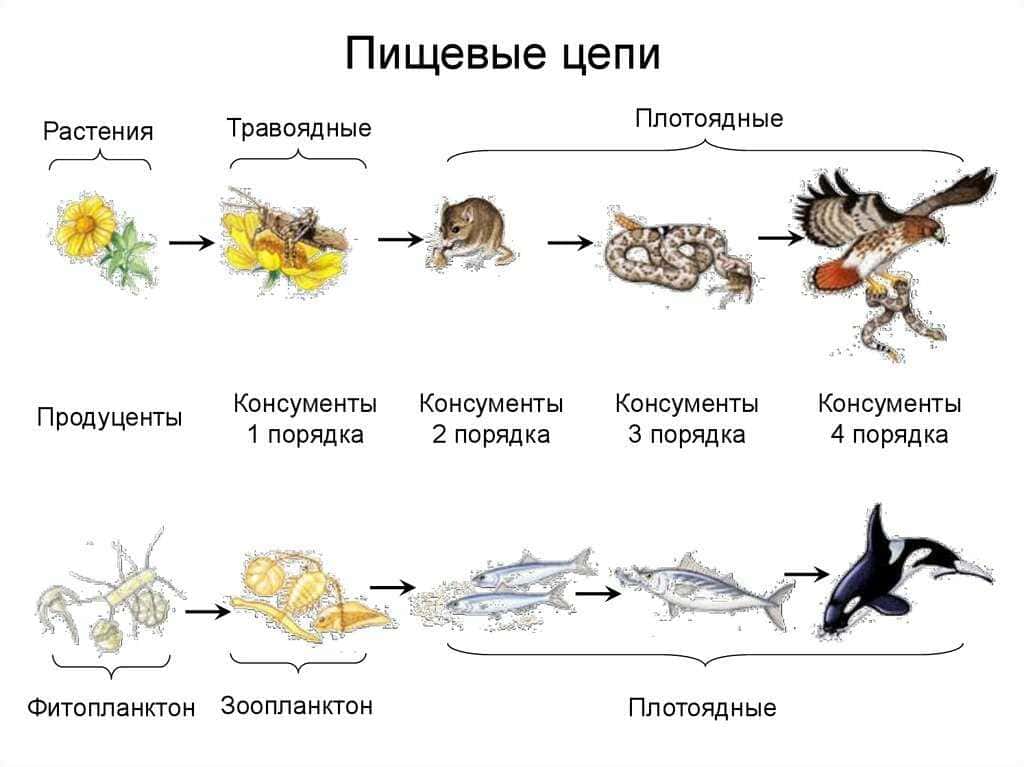
Butterflies are an important component of the biological diversity of our planet. They are one of the most diverse groups of insects, and their presence or absence can serve as an indicator of the ecological balance in a particular area.
Butterflies play an important role in the pollination of plants. They carry pollen from one flower to another, which promotes plant reproduction. Through this process, many plants can continue to exist and develop.
However, butterflies face a number of threats that negatively affect their abundance and diversity. One of the main threats is the loss of habitats due to the destruction of natural ecosystems. Land development, pesticide use and environmental pollution also have a negative impact on butterfly populations.
Conservation of biodiversity and protection of butterflies are important tasks for us. We must strive to create sustainable ecosystems where butterflies can thrive and fulfill their ecological role. This requires the adoption of measures to protect nature, eliminate pollution and introduce sustainable agricultural practices.
The importance of butterflies for the health of the planet

Butterflies play an important role in maintaining the ecological balance and health of our planet. They are the main pollinators of many plants, helping them to reproduce and maintain biodiversity. Without butterflies, many plants would not be able to produce seeds and fruits, leading to the extinction of many plant species and disruption of food chains.
Butterflies also serve as indicators of ecological state. Changes in butterfly populations and species diversity can indicate habitat changes such as air pollution, habitat loss, and pesticide use. If butterfly populations are declining or disappearing, this may be a sign of ecological imbalance and possible problems in the ecosystem.
The protection of butterflies and their habitats is essential to the conservation of biodiversity and the health of the planet. Creating special reserves, protecting and restoring their habitats, and limiting the use of pesticides will help conserve butterfly populations and maintain ecological balance. In addition, the popularity of butterflies among people may contribute to awareness of the importance of preserving nature and its richness.
Plant pollination and agricultural productivity

Pollination of plants is an integral part of their reproduction. Through pollination, plants produce seeds, which then develop into new plants. However, the main pollinators of plants are insects, including butterflies. They play an important role in the pollination of many crops, which directly affects agricultural productivity.
The pollination of plants, carried out by butterflies, contributes to an increase in the number of fruits and seeds, which in turn increases the yield of crops. Butterflies carry pollen from one flower to another, which ensures the fertilization of plants. Without this pollination process, many plants will not be able to form fruits and seeds, which will negatively affect agricultural productivity.
Moreover, some crops depend on pollination by butterflies for their survival. For example, many types of vegetables, fruits, and berries, such as tomatoes, apples, watermelons, and strawberries, depend wholly or in part on butterfly pollination to produce fruits. If the number of butterflies and other pollinators decreases, this can lead to a decrease in agricultural yields and quality.
Thus, butterflies play an important role in agricultural productivity. They not only pollinate plants, but also help maintain ecological balance. Therefore, the conservation and protection of butterflies and their habitats is essential for the health of our planet and sustainable agriculture.
The role of butterflies in the food chain and population balance
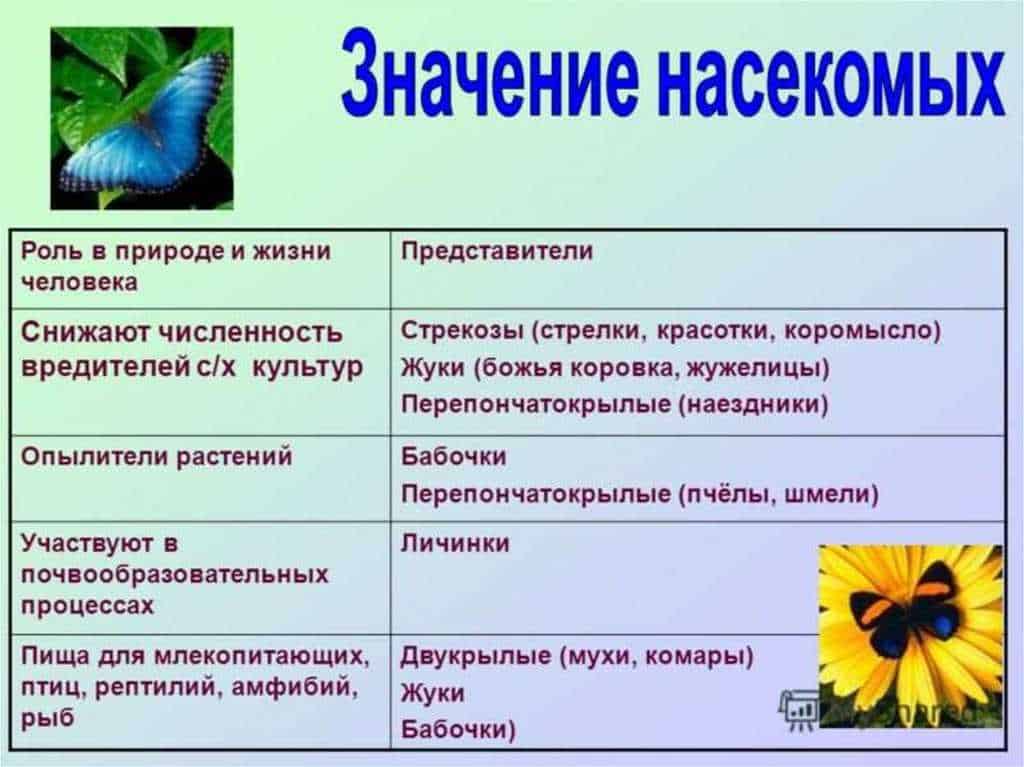
Butterflies play an important role in the food chain and population balance in nature. They are important links in food chains, participating in the transfer of energy from one organism to another.
Butterflies serve as a food source for many animals, including birds, frogs, and insectivorous mammals. They are also pollinators of many plants, carrying pollen from one flower to another and promoting their reproduction.
The balance of butterfly populations is essential for ecosystems. An excess or deficiency of butterflies can affect the interactions between different species of organisms. For example, if the butterfly population declines, this may lead to a decrease in the abundance and diversity of other organisms that depend on butterflies for food or plant pollinators.
At the same time, too many butterflies can lead to overpopulation and resource depletion, which can negatively affect other species groups and the butterfly population itself.
Thus, butterflies are important players in natural ecosystems, their role in the food chain and population balance must be taken into account when maintaining biodiversity and maintaining ecological balance.
Butterflies and conservation of natural ecosystems

Butterflies play an important role in the conservation of natural ecosystems. They are one of the main pollinators of plants, providing pollen transport and facilitating the reproduction of many plant species. Through this process, butterflies are involved in shaping biodiversity and maintaining ecological balance.
However, in recent decades, the number of butterflies around the world has been declining. The main reason for this is the destruction of their natural habitats due to land development, environmental pollution, the use of pesticides and genetically modified crops. As a result, many species of butterflies are on the verge of extinction.
Organizations and scientists around the world are engaged in the conservation of butterflies and their habitats. They conduct research, develop and implement programs to restore and protect natural ecosystems. One of these programs is the creation of butterfly gardens and reserves, where conditions are created for the reproduction and habitat of various species of butterflies.
In addition, it is important to pay attention to sustainable farming practices that will help reduce the use of pesticides and preserve the natural habitats of butterflies. It is also necessary to carry out educational programs and raise public awareness of the importance of butterflies for the ecosystem and the need for their conservation.



